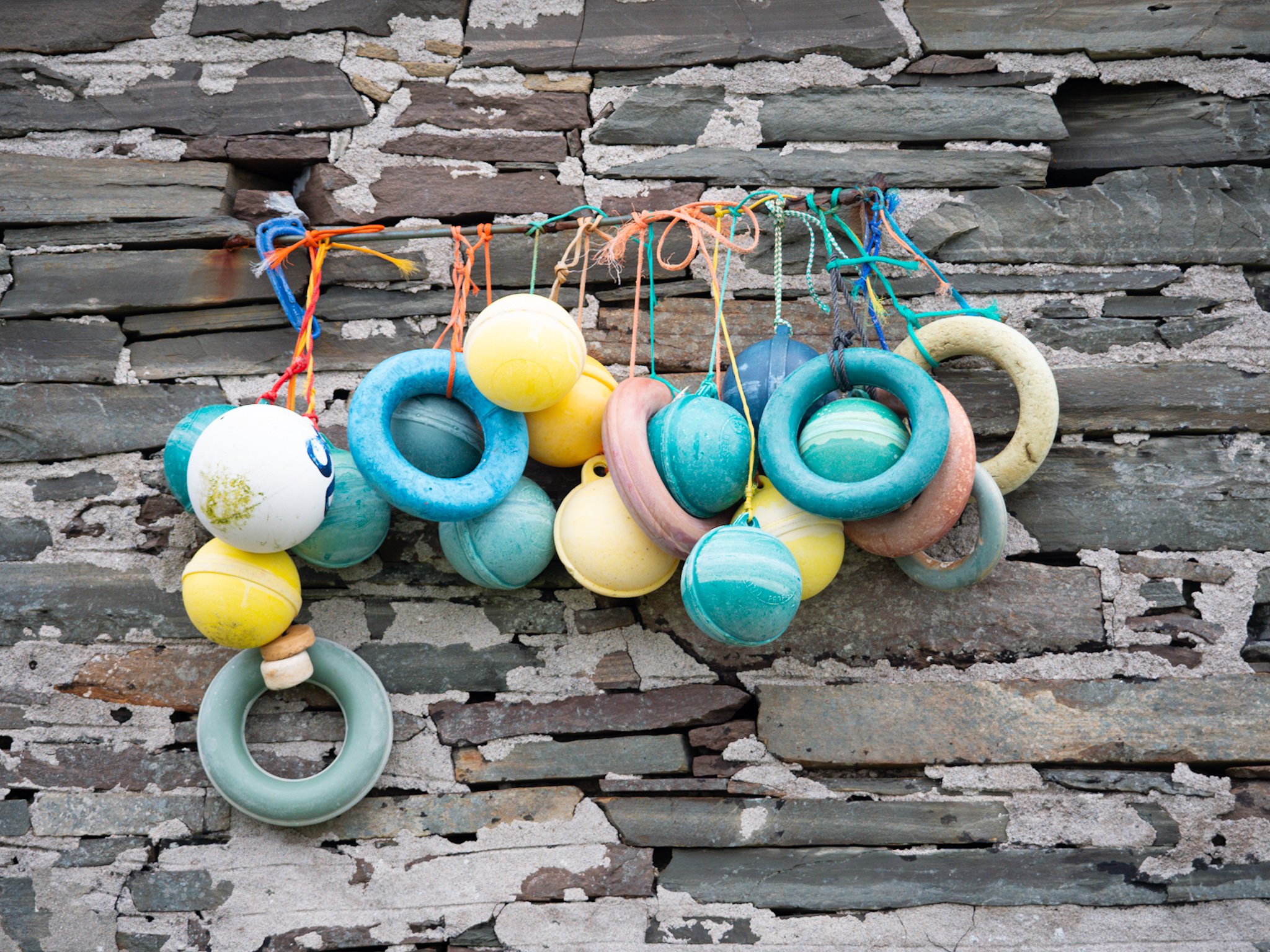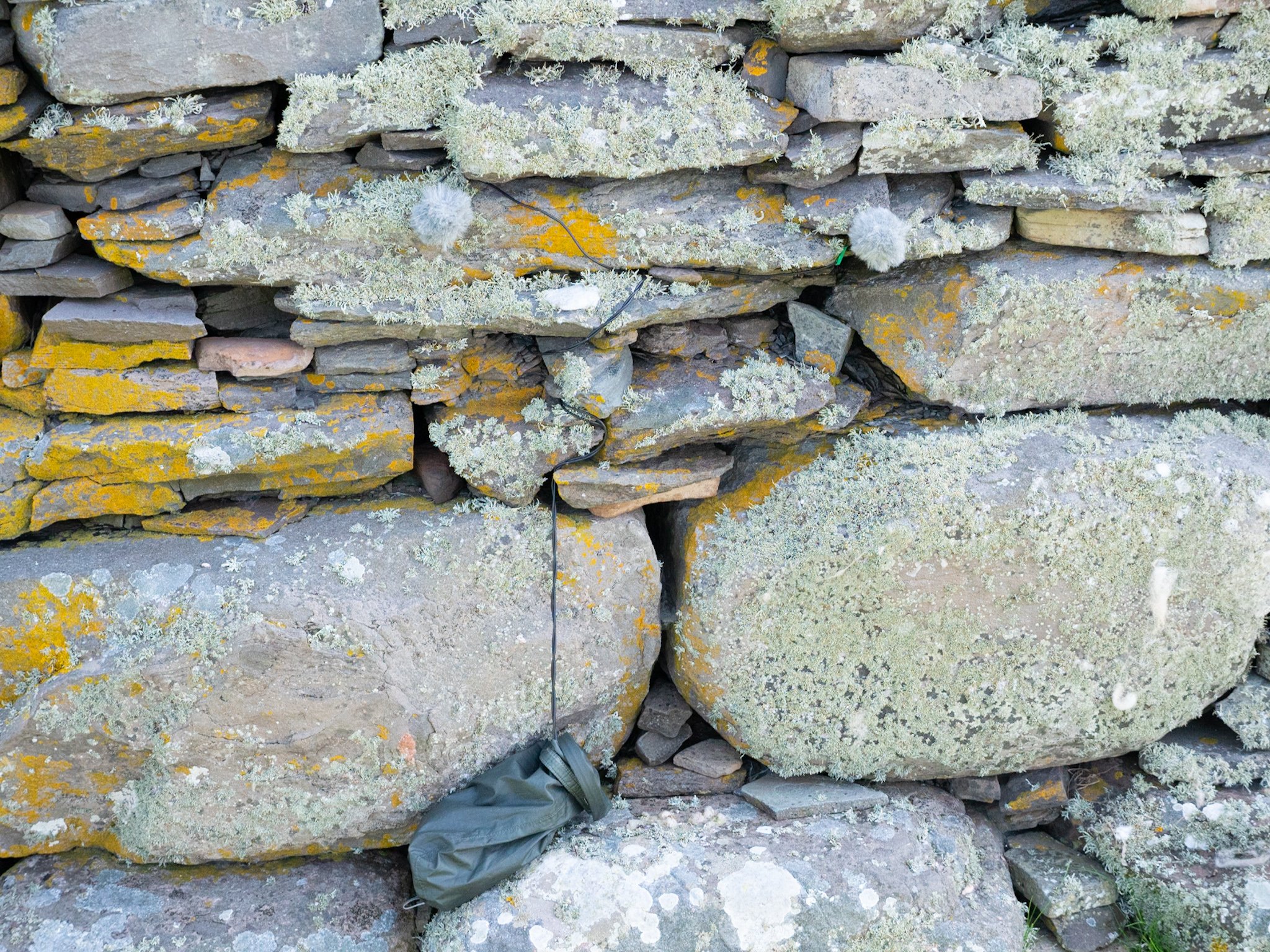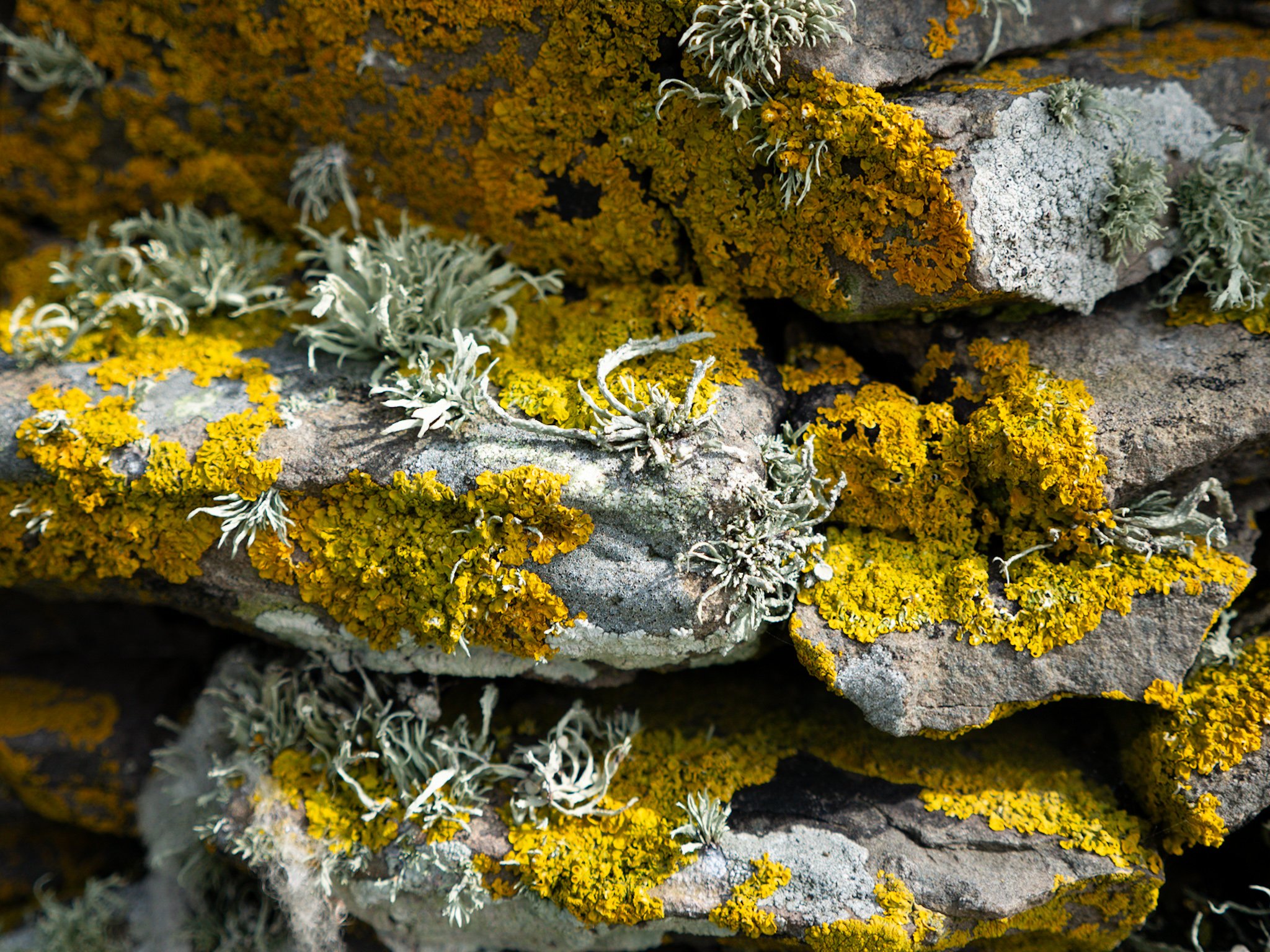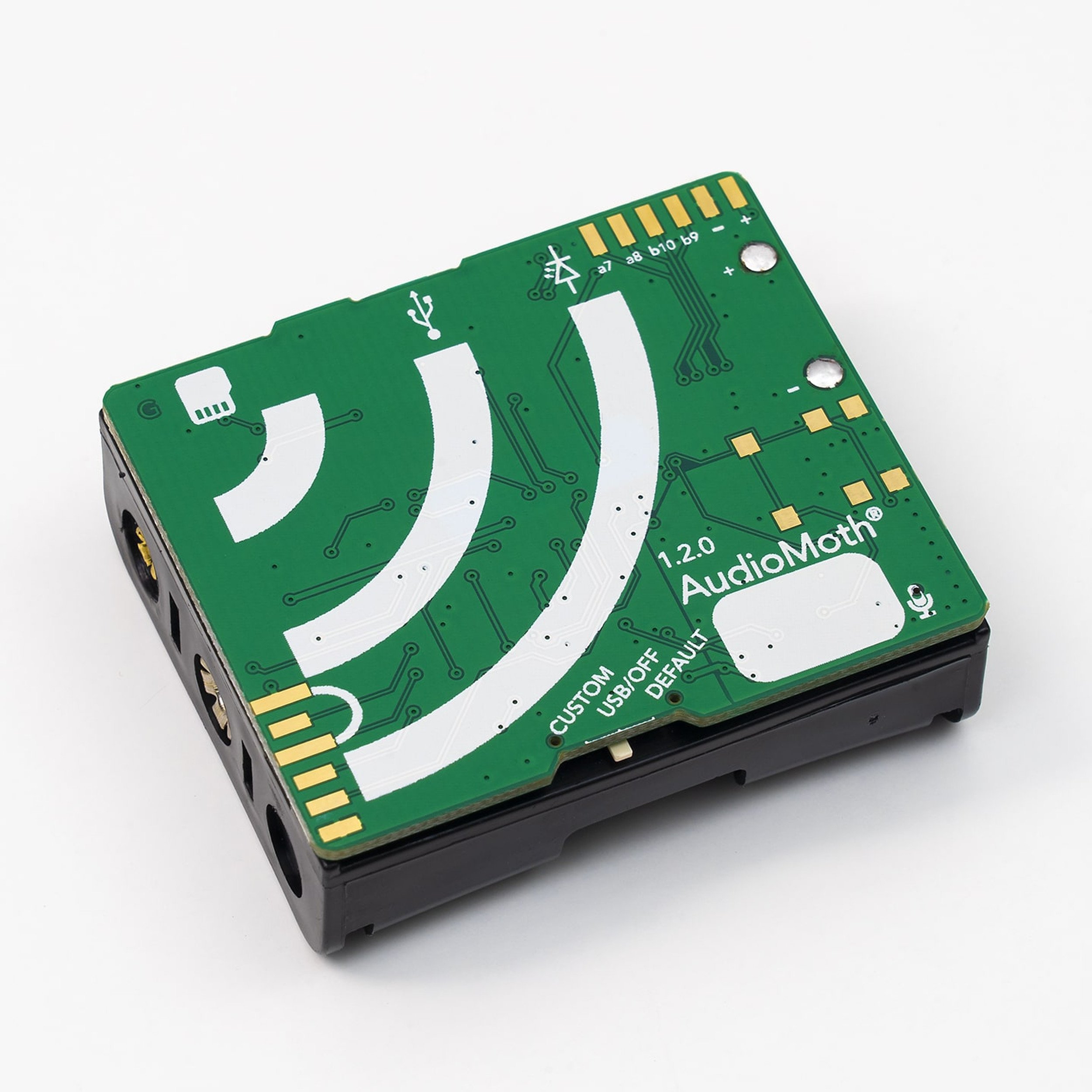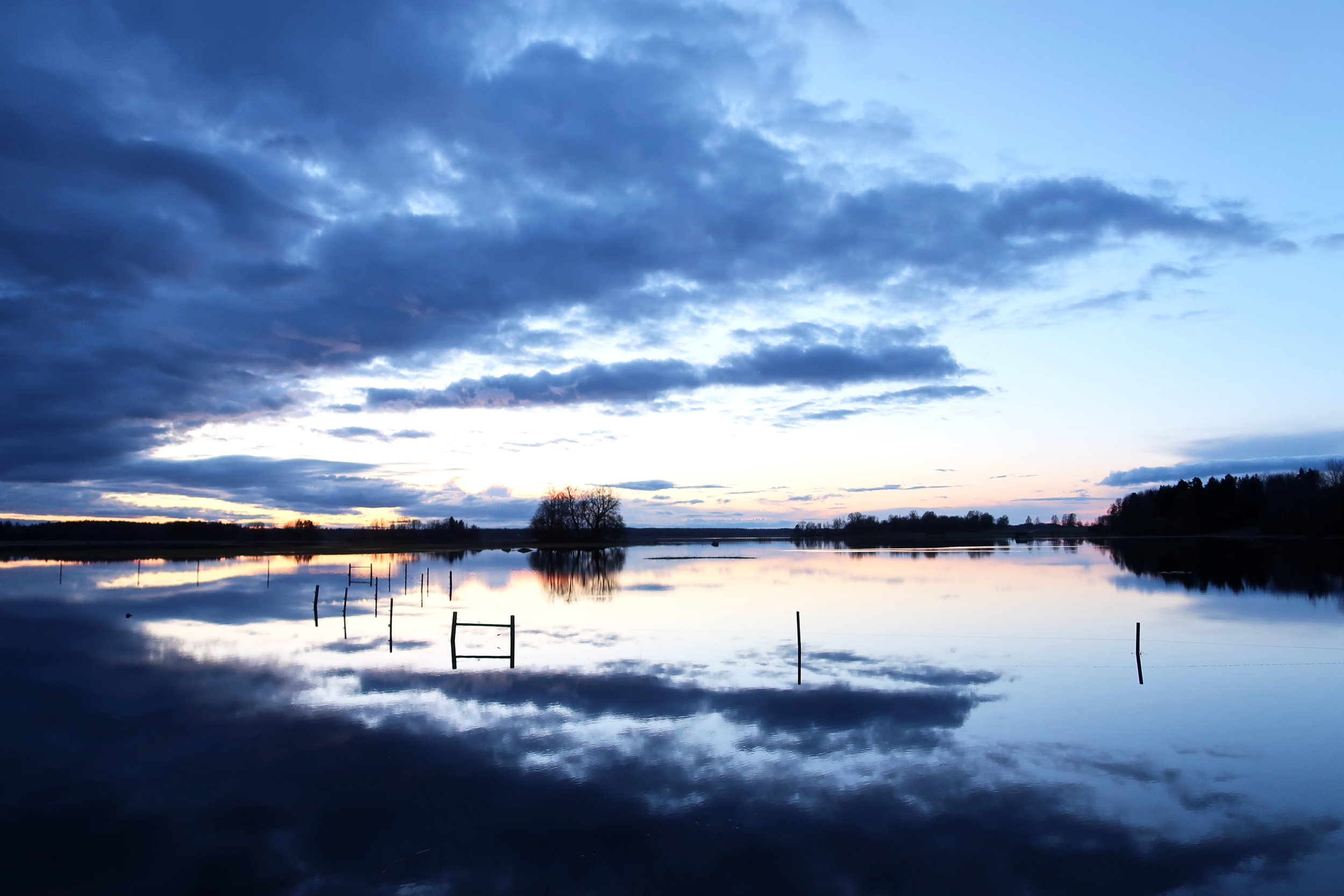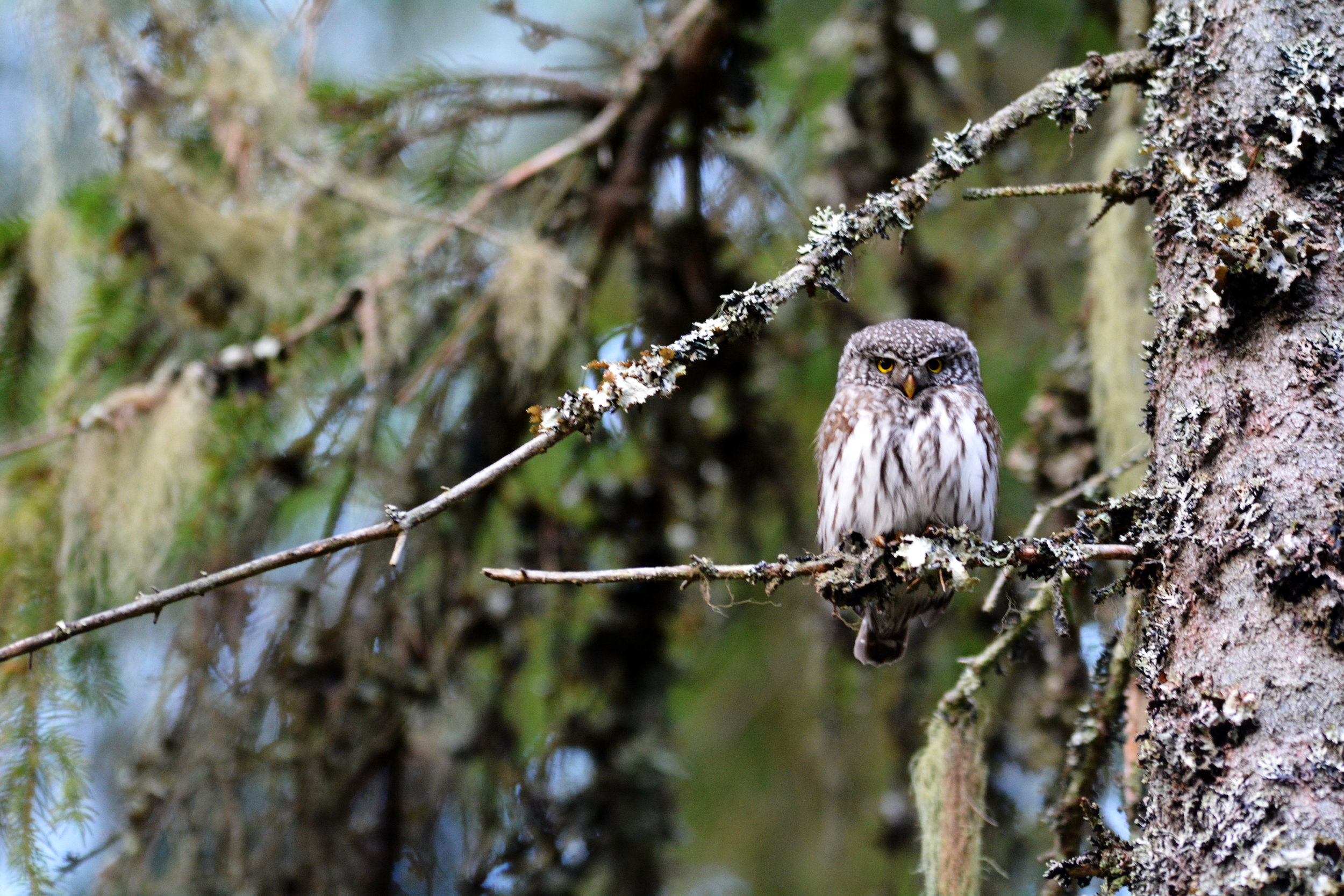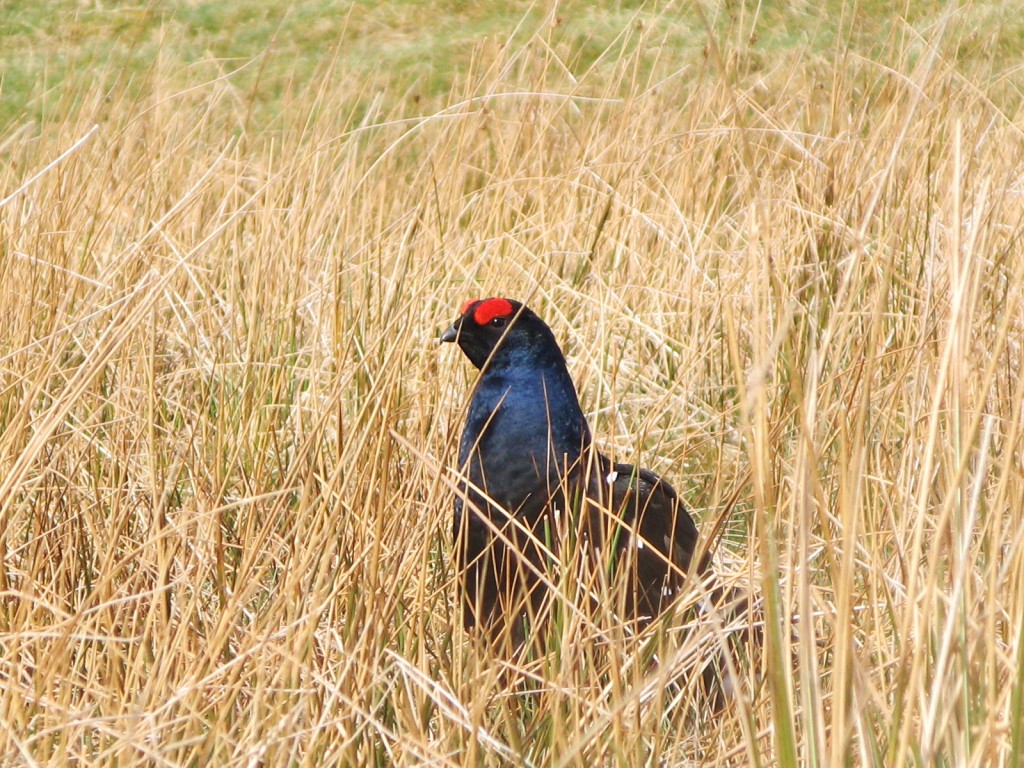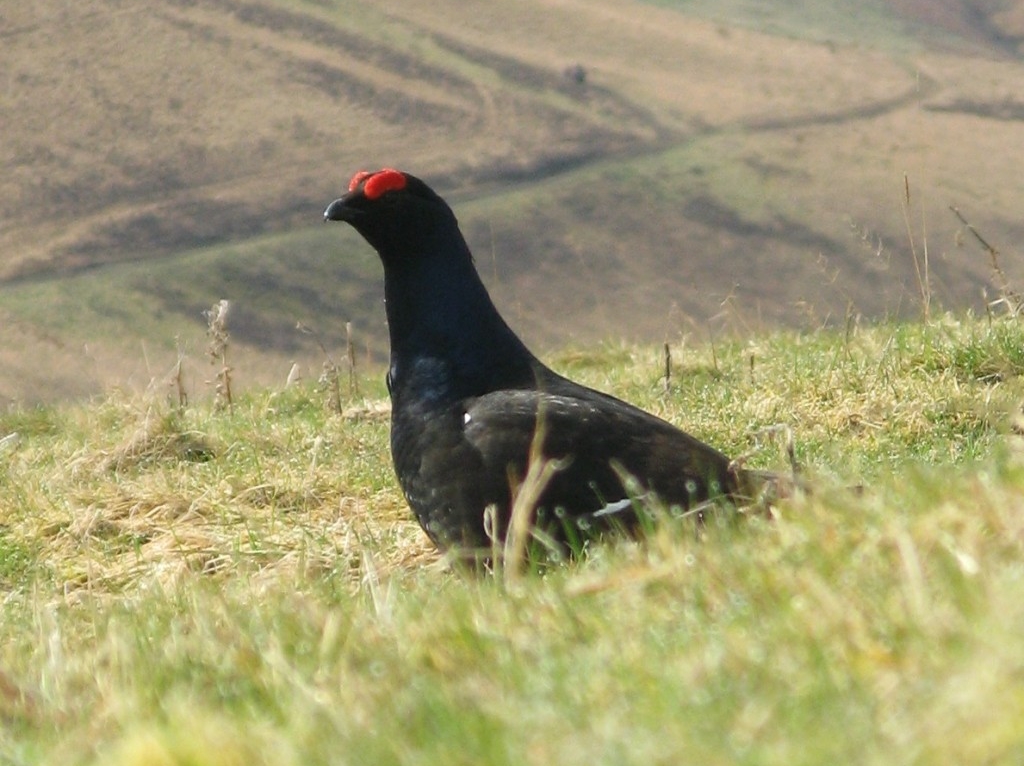This was my first ever trip to Shetland and I have two small children, so it was a big ask to head off and leave my wife for a week. After much negotiation she agreed I could go so long as the trip would serve as my 40th birthday present. We also persuaded her parents to come and help out while I was away which was a real bonus!
My main goal for the trip was to try a get a good recording of storm petrels. I have heard them before on a wet and windy night on Skokholm Island in Wales but hadn't managed to get a decent recording. I also got the chance to watch them through some night vision goggles on Skokholm. In flight they look almost like bats - quickly fluttering then gliding in short bursts and avoiding obstacles in the pitch black with amazing skill. I was really looking forward to seeing them again and hopefully getting some decent recordings - I am trying get a collection of recordings to make a sea bird SFX library in the near future and decent storm petrel recordings would get me one step closer to finishing the library.
View from the Levenwick Community Hall campsite
I travelled from my home in Edinburgh up to Aberdeen and then took the overnight Northlink ferry from Aberdeen to Lerwick. I stayed in a sleep pod on the ferry which is basically a large comfy, reclining chair, and actually managed to get a decent sleep, arriving in Lerwick at around 7am. Then from Lerwick I travelled 20 minutes south to the Levenwick Community Hall and Campsite (shown right). This is a lovely wee campsite with toilets, showers and a small kitchen with electricity. Having access to electricity was very handy as it allowed me to re-charge batteries between trips .
Coloured buoys on a wall on Mousa
My final destination was the Mousa broch (shown above). The broch is a 10 minute ferry journey from Sandsayre pier and is an absolutely amazing structure. Brochs are circular, iron-age buildings made from stone and can be found all round Scotland. The Mousa broch is the best preserved example of its kind and is thought to be around 2,300 years old. It is even mentioned in some for the viking sagas. You can get to Mousa on a ferry which runs daily at 11.30am from Sandsayre pier. The boat trips are run by Rodney and Darron Smith who also run night time storm petrel trips. On these trips you can go over to the broch at night and watch the storm petrels arriving back at their nests. Rodney and Darron are very knowledgeable about the island's history and its wildlife and are happy to answer any questions you have on the trip over. Rodney also told an amazing story about a shipwreck that happened nearby. There is an article about it on the Mousa boat facebook page that's worth a read.. or you can book a trip yourself and hear the story from Rodney himself. I took a few trips and left my mics overnight and then did a storm petrel night trip and stayed a night on the Island. Mousa is an Rspb reserve and May is breeding season for a lot of the birds that live there so I made sure to ask permission from the reserve manager.
I collected my mics after their first night setup around the broch and to my horror noticed that they had been knocked over and the dry bags had been moved around. Upon listening back to the recordings I discovered the culprits - not happy with just ruining my recordings by baaing repeatedly, sheep had knocked over my mics and even managed to disconnect the mics from my D100!
I had the most success with my recordings when I went over to the island at night and listened until I identified where the birds were calling from and then carefully setup my mics. They start to sing as it gets dark and often sing for up to 30 mins or so. This gave me a chance to find a singing bird, carefully setup mics, set levels and then hit record and back off a bit. Often I will leave ‘drop rigs’ for long periods in a location I think things will happen but this turned out to not be the best approach for this situation given the limited time I had to get good recordings and the impossibility of guessing exactly where the birds would sing from.
In Finnish storm petrels are called ‘ulappakeiju’ which translates directly as 'fairy of the open sea'. The sound they make is really amazing but has been described by some as sounding like a 'fairy being sick'. It's a funny image but I think they actually sound really beautiful - more of ‘a fairy singing’ to my ears. But definitely a mischievous sounding and magical fairy - possibly the type of fairy that might carry off a child and leave a changeling substitute in its place or something of that sort.
Trusty Sony D100 and Clippy 172s
My Sennheiser DMS rig
A shag sunning itself on the rocks
I took a range of mics and recorders with me because I wanted to make the most of my trips so I brought my mkh8040 and mkh30 DMS rig (shown above), my trusty Sony D100 and a pair of Usi pro mics which I plugged into my Sound Devices MixPre 6ii. All performed really well and survived a few rain storms. If rain was forecast, I did my best to setup the mics inside the broch, rather than outside facing the walls, to give them some protection from both wind and rain but even when the rigs got a small shower the mics continued working and the dry bags did their job protecting the recorders.
The difference in sound between outside and inside the broch was really notable. The 4m thick stone walls meant that once inside you could hardly hear the sea - even when the wind was blowing with quite some force. This was especially true inside the various chambers and I got some nice ambience recordings from inside the broch as the storm petrels first started to arrive.
It took a good few attempts but finally I managed to get some really close up recordings I was happy with and I left Shetland slightly bleary eyed and tired but feeling very happy with how the trip had gone. A couple of the recordings are below. If you want to keep up to date with my blog posts please hit the subscribe button at the bottom of this website.
..More lichen. I got a bit obsessed
Sea pink or sea thrift


